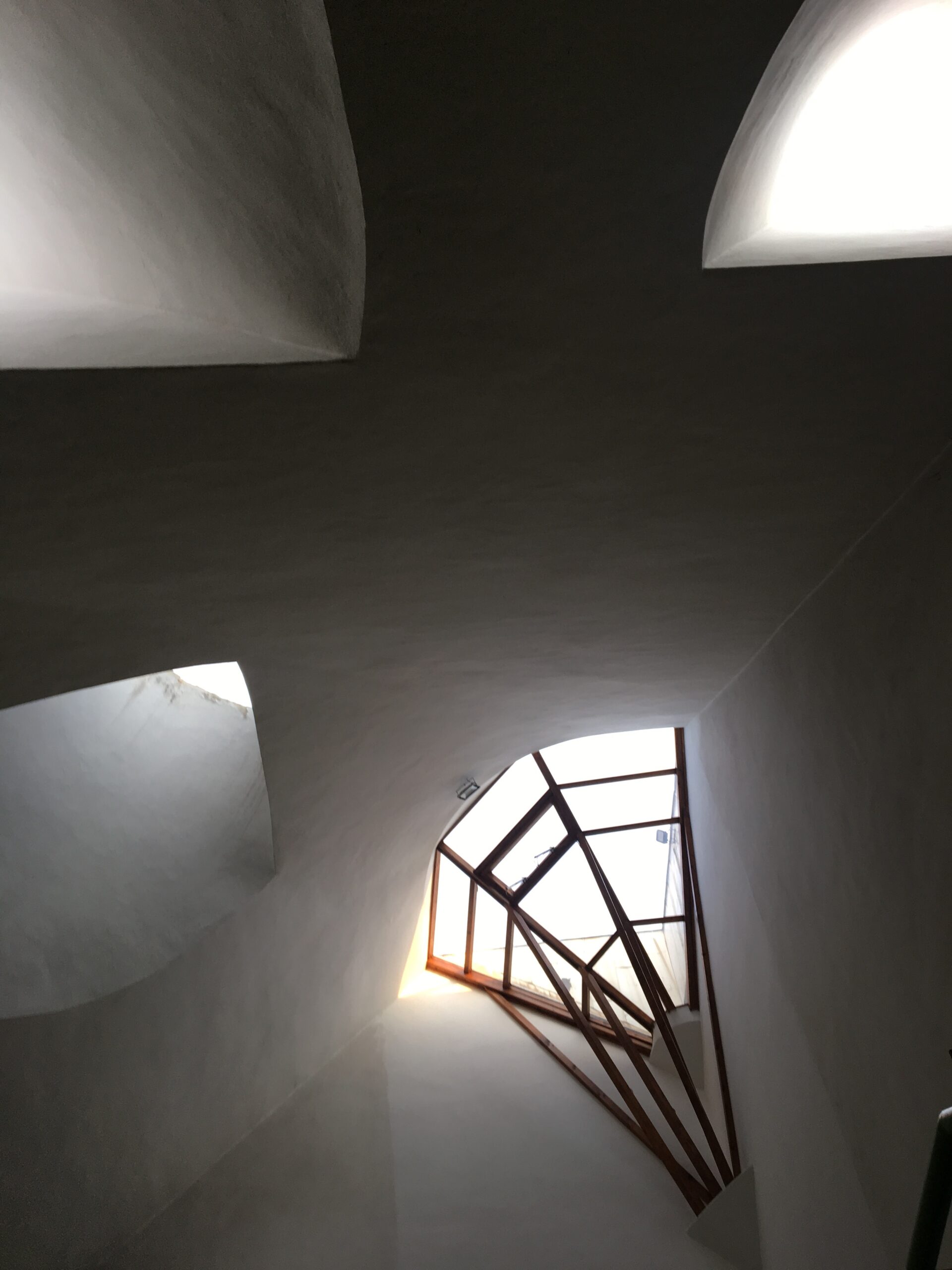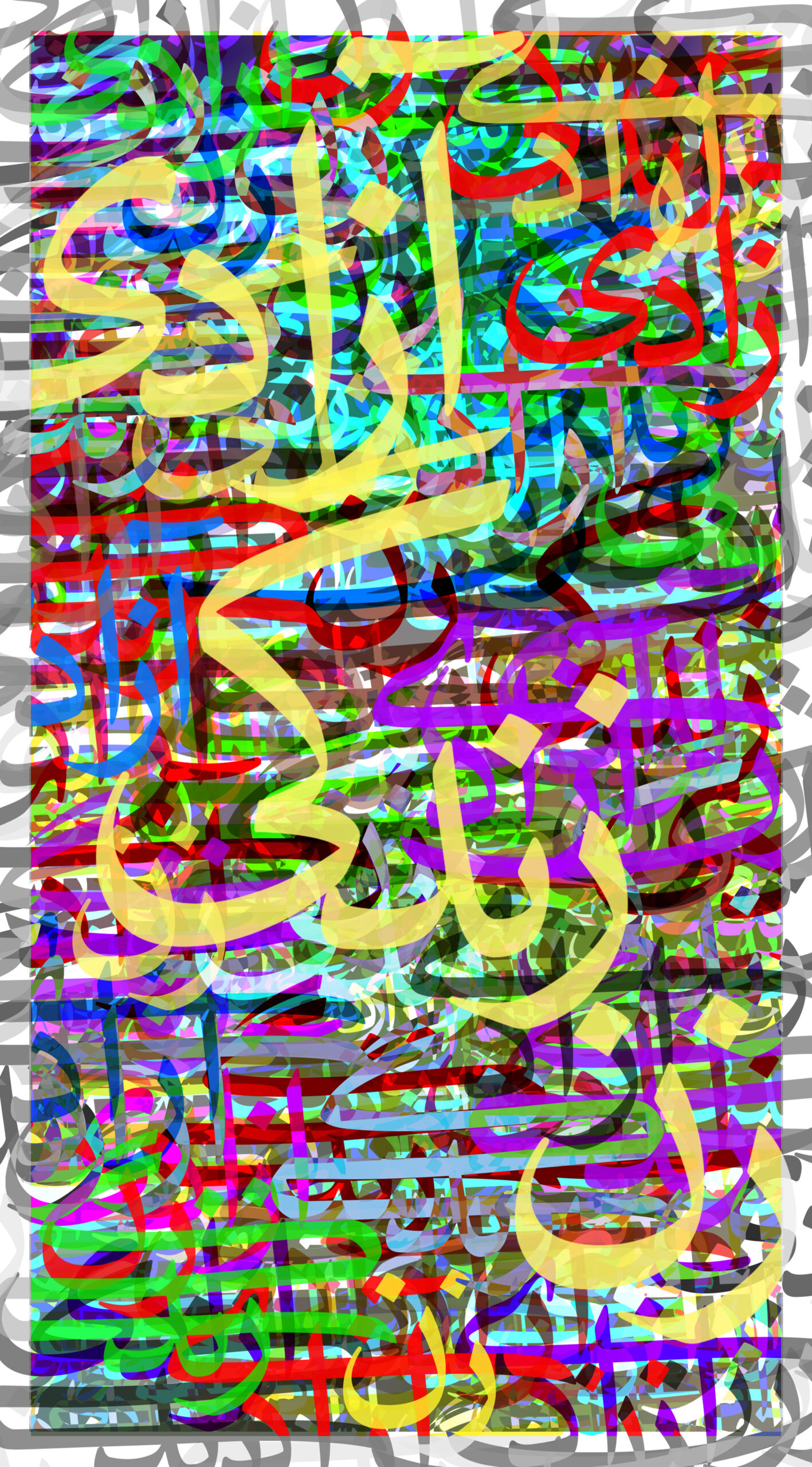Wenn wir über das Forschungsfeld „Philosophie in der islamischen Welt der Moderne“ sprechen, müssen wir uns auch Gedanken darüber machen, wie wir dieses Forschungsfeld bezeichnen, welche Position und Perspektive wir dabei einnehmen und was unsere Bezeichnungen implizieren. Diese Diskussion ist so alt wie die Beschäftigung mit dieser Philosophie selbst, ohne dass sich bisher eine Bezeichnung als richtige durchsetzen konnte.
Critique as reception: Can there be an objective study of Contemporary Arab Thought?
by:
Zeit für andere Relationen: die Aufgabe der Dekolonisierung, Epistemologie und das Politische
by:
Revolt as space of possibility
by:
In Iran a space of possibility has opened up; for eleven weeks now, people, above all women, have taken to the streets and, at the risk of their lives, keep this space open. Under the slogan “Women, Life, Freedom” (zan, zendegī, āzādī), the protests have developed an unprecedented dynamic that has already brought about profound changes, even though the regime is still standing, changes that might even justify the notion of a feminist revolution. How can one explain this absolute collective will of the movement, what is the significance of the pioneering roles of women and young people in it, what holds this movement together, and how can its global political dimension be reflected conceptually?
A Figurative Feminist Revolution in Iran
by:
Through their courageous protest actions, women and girls in Iran produce images that continue to animate the protests. How is this revolution of images related to the liberation of bodies and the nature of the revolt, which is already being called a feminist revolution? The author of an article entitled “Figuring a Women’s Revolution: Bodies Interacting with their Images”, who published it under the penname “L” on the feminist website “harasswatch.com” approaches this question – based on her own experience in the first days of the protests – in a phenomenological reflection. We provide the first German translation of this important text in the German section of our website.
Philosophy in the Modern Islamic World as an Interdisciplinary Field of Research
by:



